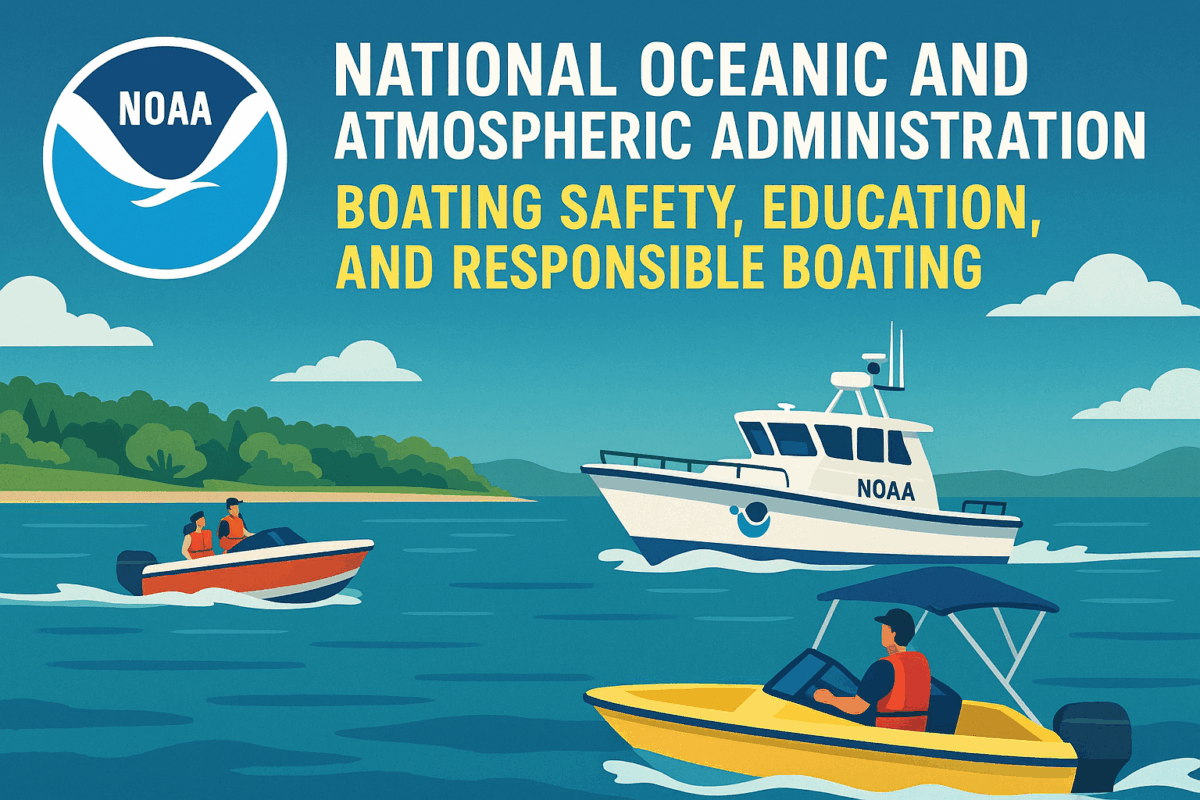Call: 1-800-832-7191

Women of NOAA
Celebrating the Women of NOAA
The Women of NOAA have shaped science, safety, and sustainability across oceans, skies, and coasts. Their impact spans generations. From marine biology to meteorology, these women lead with expertise, innovation, and resilience. Their stories inspire future scientists and strengthen NOAA’s mission every day.
Women have long contributed to NOAA’s success. However, their recognition has grown significantly in recent decades. Today, they serve as researchers, engineers, pilots, and policy leaders. Their work ensures accurate forecasts, protects marine life, and supports climate resilience. Because of their efforts, communities stay informed and ecosystems thrive.
Breaking Barriers in Science and Service the Women of NOAA
Many Women of NOAA have overcome historic barriers in STEM fields. They’ve challenged stereotypes and opened doors for others. Their achievements prove that gender should never limit scientific potential. For example, women now lead major NOAA divisions and research initiatives.
Transitioning into leadership roles, these women bring fresh perspectives. They advocate for inclusive science and equitable access to resources. Their presence in decision-making roles improves collaboration and innovation. As a result, NOAA’s work becomes more effective and representative of the communities it serves.
Women of NOAA Leading Innovation in Ocean and Atmospheric Research
Women at NOAA drive groundbreaking research in climate science, fisheries, and weather prediction. Their work helps us understand complex environmental systems. With each discovery, they contribute to global knowledge and public safety.
For instance, NOAA oceanographers study coral reef health and sea level rise. Atmospheric scientists develop better hurricane models. These efforts save lives and guide policy. Because of their dedication, NOAA remains a global leader in environmental science.
Collaboration plays a key role in their success. Women scientists often lead interdisciplinary teams. They work across agencies, universities, and international partners. This teamwork accelerates progress and ensures real-world impact.
Inspiring the Next Generation of Women in STEM
The Women of NOAA also serve as mentors and role models. They visit schools, lead workshops, and support early-career scientists. Their outreach encourages girls to explore science and pursue STEM careers.
Representation matters. When young people see women succeeding in science, they believe they can too. These NOAA professionals show that passion and persistence lead to success. Their stories empower the next generation to dream big and act boldly.
Through mentorship and visibility, they build a more diverse and inclusive future. Their legacy will continue to grow as more women join NOAA’s ranks and shape the world around us.
